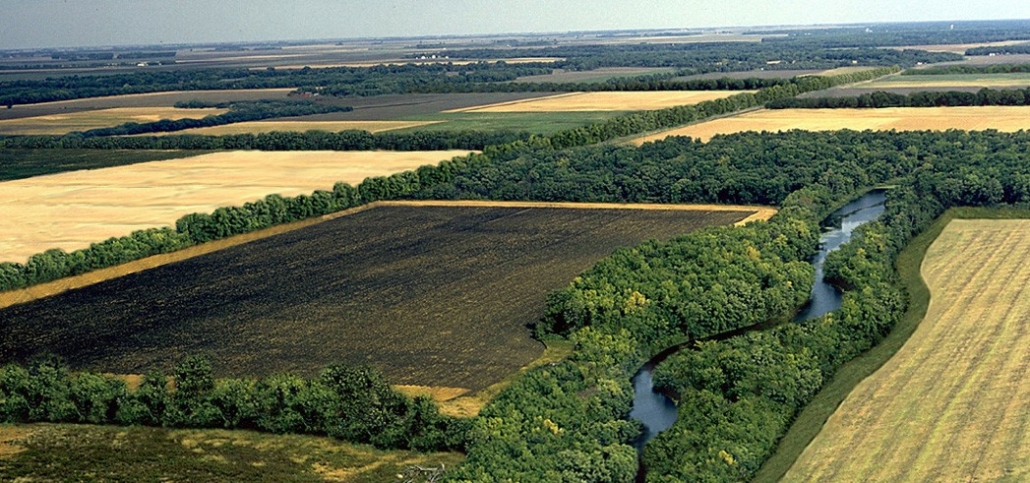Agroforestry: An Overview

Planting riparian buffer strips, one of several possible agroforestry practices, protects water quality and helps prevent stream bank erosion. They also provide wildlife habitat and can be managed to produce specialty forest products. Photo: U.S. Department of Agriculture Natural Resources Conservation Service
By Alice Beetz, NCAT Agriculture Specialist
Overview
Integrating trees and shrubs with other enterprises on a farm can create additional sources of income, spread farm labor throughout the year, and increase the productivity of those other enterprises—all while protecting soil, water, and wildlife. Such “agroforestry” systems include alleycropping, silvopasture, windbreaks, forest farming for nontimber forest products, and riparian buffer strips. While they clearly offer economic and ecological advantages, these agroforestry systems also involve complex interactions that complicate their management. When designing an agroforestry enterprise, you should research the marketing possibilities and include the agroforestry system in the total business plan for the farm. This publication presents an overview of common agroforestry practices, evaluating and planning considerations, marketing opportunities, several case studies, and an extensive list of further resources. New opportunities related to climate change include renewable-energy production and the potential for earning carbon credits.
This publication is not available in digital format. Please download a copy using the download button at right.


